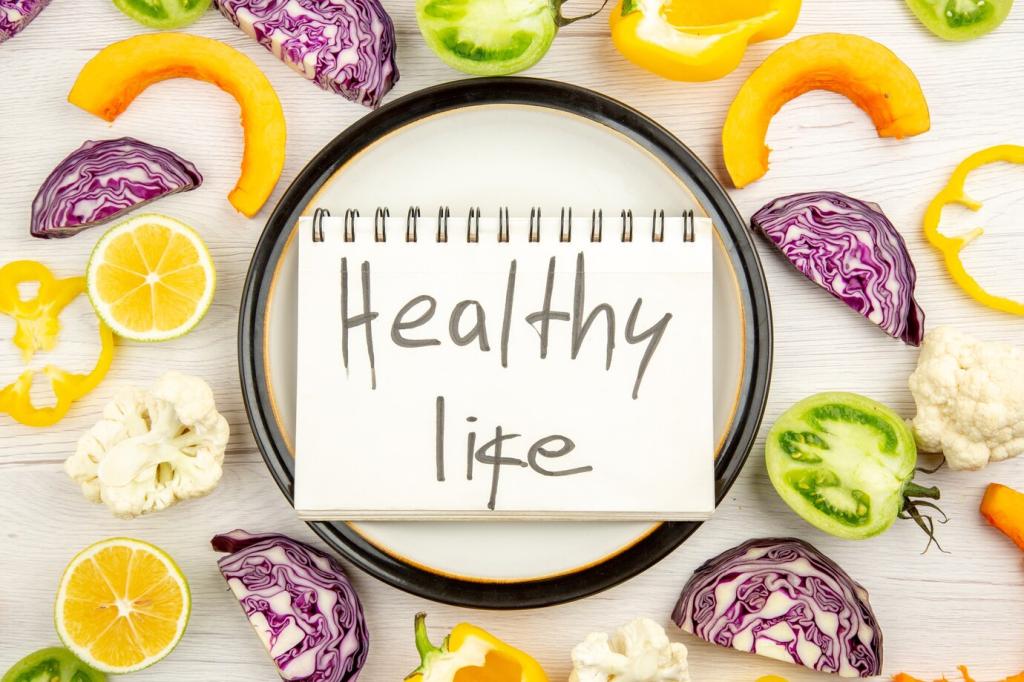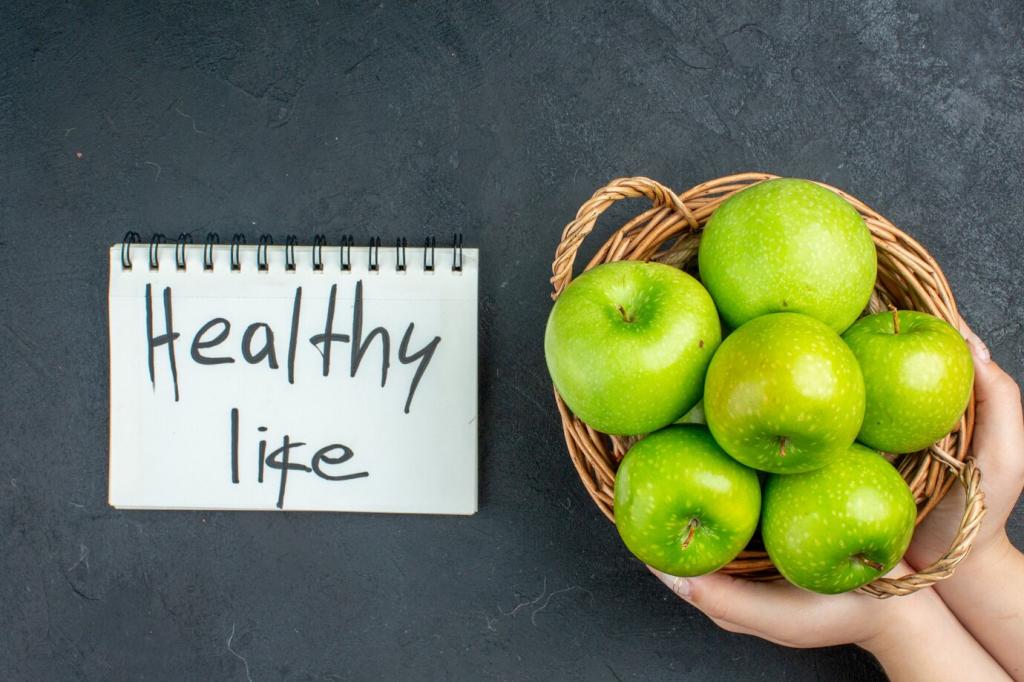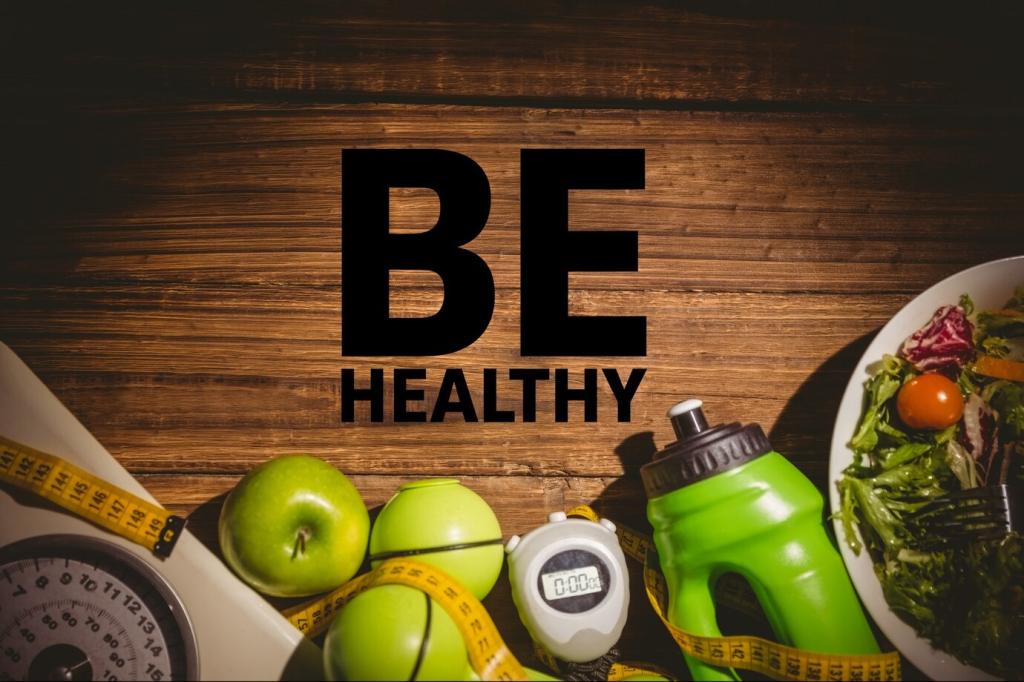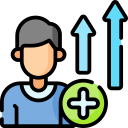Move to Defend: The Role of Exercise in Strengthening Immunity
How Exercise Primes Your Immune System
01
Within about forty-five minutes of moderate exercise, circulation surges mobilize natural killer cells, neutrophils, and T cells, temporarily boosting surveillance. Notice clearer breathing, warmer skin, and brighter mood afterward—your body’s defenses revving.
02
Contracting muscles release myokines like IL-6 that, during exercise, signal anti-inflammatory cascades, elevating IL-10 and inhibiting TNF-alpha. This tilts immunity toward balance, not overreaction, which supports recovery between sessions and everyday resilience.
03
Research suggests a J-curve: regular, moderate activity lowers infection risk, while chronic exhaustive training can raise susceptibility. Keep intensity varied, respect rest days, and share how moderation changed your wellness journey in the comments.
Designing a Weekly Immunity-Boosting Plan
Aim for 150–300 minutes weekly of Zone 2 cardio—conversational pace cycling, brisk walking, or easy jogging. Mitochondria thrive here, metabolism steadies, and post-exercise immune cell traffic improves without tipping into draining, stress-heavy efforts.

Recovery, Sleep, and Stress
Seven to nine hours supports T-cell adhesion and antibody responses; less than six increases cold risk in studies. Protect wind-down rituals, dim screens, and keep a cool, dark room so nightly repair can actually happen.
Recovery, Sleep, and Stress
Low-intensity walks, easy cycling, or yoga nudge circulation without taxing immunity, while heart rate variability helps gauge readiness. If HRV dips and fatigue lingers, pivot to gentler work and parasympathetic breath, then reassess tomorrow.
Recovery, Sleep, and Stress
Maya chased personal records until back-to-back colds benched her. She scheduled real rest, trimmed intensity, and added naps. Three months later, fewer sniffles, steadier moods, and a personal best arrived without white-knuckle training.



Seasonal and Environmental Strategies
Layer breathable fabrics, cover ears and hands, and extend warm-ups until you feel springy. Nasal breathing warms air and filters particles, letting you maintain moderate intensity without inviting the post-run chills that stress immunity.


Seasonal and Environmental Strategies
On high-pollen or smoggy days, choose low-traffic routes, off-peak times, or air-purified indoor workouts. A simple HEPA unit plus bodyweight circuits preserves benefits while reducing irritants that inflame airways and challenge immune balance.
Listening to Your Body’s Immune Signals
If symptoms stay above the neck—sniffles, mild sore throat—keep intensity low and duration short. Chest symptoms, fever, or body aches mean rest. Lower perceived exertion first, and return gradually after seventy-two symptom-free hours.

